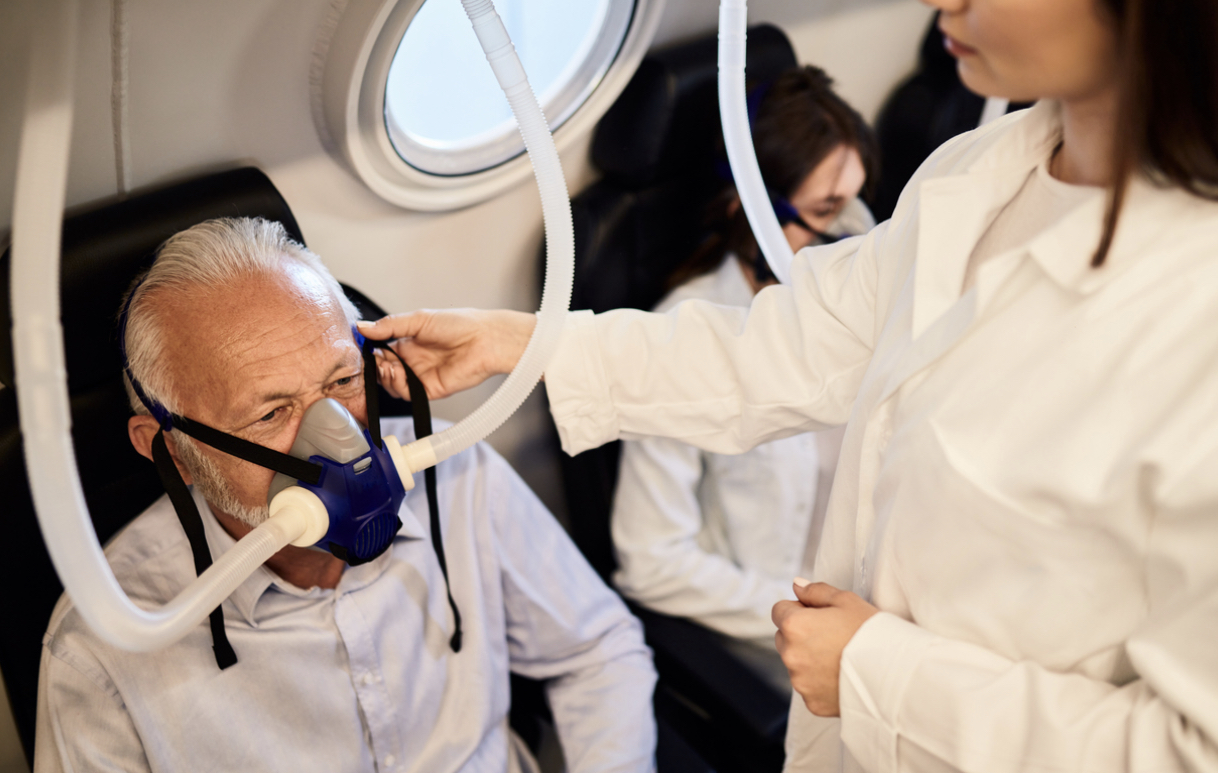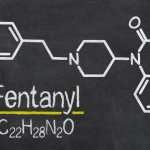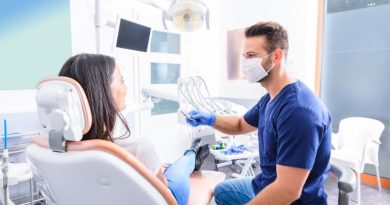Navigating new horizons: HBOT in the treatment of Alzheimer’s Disease
Alzheimer’s disease, a formidable foe in the realm of neurodegenerative disorders, confronts us with daunting challenges and heart-wrenching impacts. In the ceaseless quest for effective treatments, a ray of hope shines through Hyperbaric Oxygen Therapy (HBOT). This 1000-word exploration delves into the potential of HBOT, administered in hyperbaric oxygen chambers, as a groundbreaking approach in battling Alzheimer’s.

HBOT involves breathing pure oxygen in a controlled, pressurized environment, typically within hbot chambers. These hyperbaric chambers are designed to increase atmospheric pressure, thereby allowing the body to absorb higher concentrations of oxygen. This influx of oxygen can have significant physiological impacts, potentially beneficial in neurodegenerative conditions like Alzheimer’s.
HBOT and Alzheimer’s: The connection
The rationale behind using HBOT for Alzheimer’s lies in its potential to enhance brain oxygenation. Enhanced oxygen levels could mitigate some of the pathological features of Alzheimer’s, such as reduced blood flow to the brain and oxidative stress.
Potential benefits of HBOT for Alzheimer’s
Research on the efficacy of HBOT in treating Alzheimer’s is in its nascent stages. Initial studies have shown promising results, but comprehensive clinical trials are needed to ascertain its full potential and establish standardized protocols.
Hyperbaric Oxygen Chambers: tailoring to Alzheimer’s needs
Challenges and considerations in HBOT for Alzheimer’s

Accessibility and Cost: Access to hyperbaric oxygen chambers can be limited, and the cost of HBOT sessions might be prohibitive for some patients.
Patient Comfort and Safety: Ensuring the comfort and safety of Alzheimer’s patients in the hyperbaric chamber environment is crucial, considering their unique needs and potential anxiety.
Need for Further Research: More extensive clinical trials are necessary to fully understand HBOT’s efficacy and optimal application in Alzheimer’s treatment.
Integrating HBOT into comprehensive Alzheimer’s Care
The potential integration of HBOT into Alzheimer’s treatment regimens represents a multidisciplinary approach. Combining HBOT with conventional therapies, such as medications and cognitive therapies, could offer a more holistic treatment strategy.
For those grappling with Alzheimer’s, HBOT offers a glimmer of hope. Testimonials from patients and caregivers who have experienced HBOT highlight not only potential cognitive improvements but also the emotional and psychological benefits of seeing a loved one maintain their memory and identity longer.
Looking ahead, the trajectory of HBOT in the context of Alzheimer’s disease appears promising. Ongoing studies are crucial in unlocking its full potential and will determine how HBOT could be woven into the fabric of Alzheimer’s treatment strategies.
As with any emerging therapy, ethical and regulatory considerations are paramount. Ensuring that HBOT is provided with the utmost respect for patient rights and within a framework of informed consent is essential.
Exploring personalized HBOT protocols for Alzheimer’s
The journey towards optimizing HBOT for Alzheimer’s treatment might involve developing personalized protocols. Recognizing that Alzheimer’s disease manifests uniquely in each individual, personalized HBOT sessions could vary in duration, frequency, and pressure levels, tailored to the specific needs and responses of each patient. This personalized approach could maximize the therapeutic benefits while minimizing potential discomfort or side effects. Such customization necessitates in-depth research and a thorough understanding of the interplay between HBOT and the diverse pathological aspects of Alzheimer’s.

Collaboration with neuroscientists and clinicians
The advancement of HBOT in Alzheimer’s treatment calls for a collaborative effort between neuroscientists, clinicians, and hyperbaric medicine experts. Through such collaborations, a comprehensive understanding of how increased oxygenation affects the Alzheimer’s-affected brain can be achieved. This synergy could lead to breakthroughs in both the application of HBOT and the broader understanding of Alzheimer’s pathology. By pooling knowledge from various fields, the medical community can propel HBOT from an experimental therapy to a standard care option for Alzheimer’s disease.
The socio-economic implications of incorporating HBOT into Alzheimer’s treatment are significant. On one hand, if HBOT proves effective, it could reduce the long-term care costs associated with advanced Alzheimer’s by potentially slowing the progression of the disease. On the other hand, the initial costs and resource allocation for HBOT need careful consideration. Policymakers and healthcare providers must weigh these factors, ensuring that the benefits of HBOT are accessible to a broad spectrum of patients, irrespective of their socio-economic status. As research progresses, the hope is to strike a balance between accessibility, efficacy, and cost-effectiveness in the use of HBOT for Alzheimer’s disease.
Conclusion
Hyperbaric Oxygen Therapy, a beacon in the foggy waters of Alzheimer’s treatment, offers more than just a medical solution; it offers hope. While the journey from experimental therapy to a recognized treatment is complex and fraught with challenges, the potential benefits of HBOT in alleviating the symptoms of Alzheimer’s cannot be overlooked. As we navigate this new frontier, the integration of HBOT into Alzheimer’s care may not only improve the quality of life for patients but also shine a light on new pathways in neurodegenerative disease treatment. In the intricate dance of medical science and patient care, HBOT stands as a potential partner, moving us closer to a world where Alzheimer’s does not mean an inevitable loss of self.









